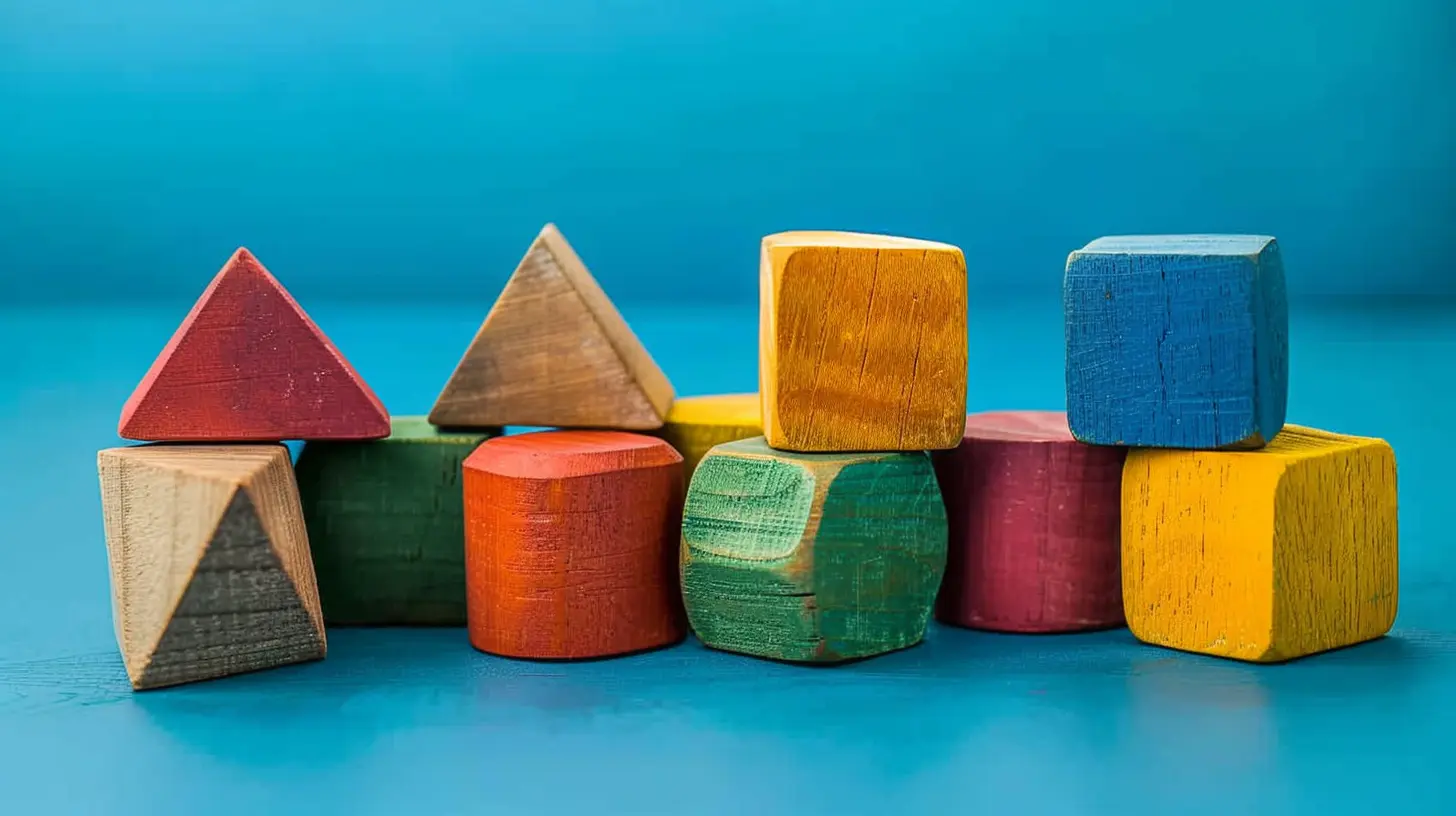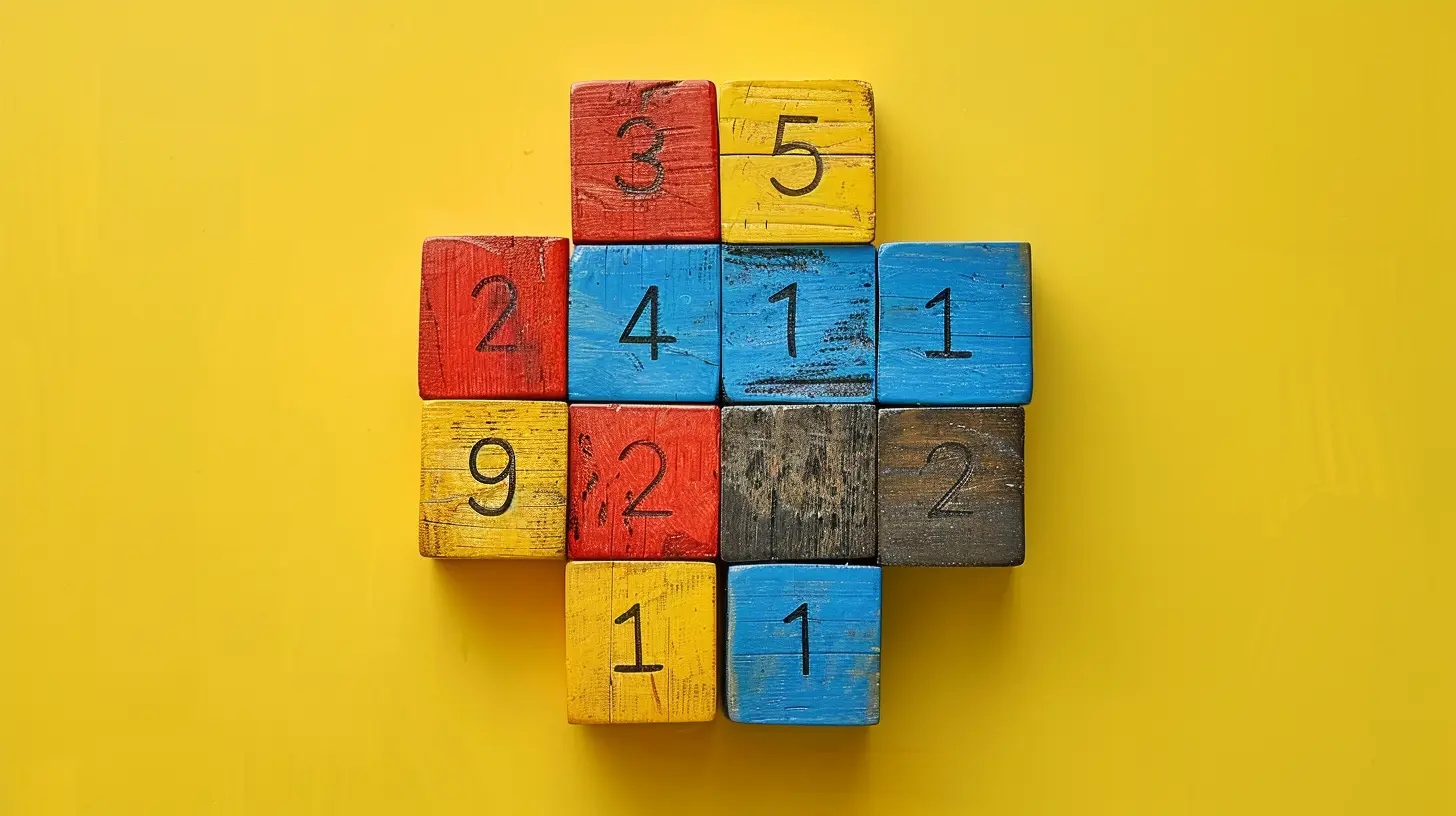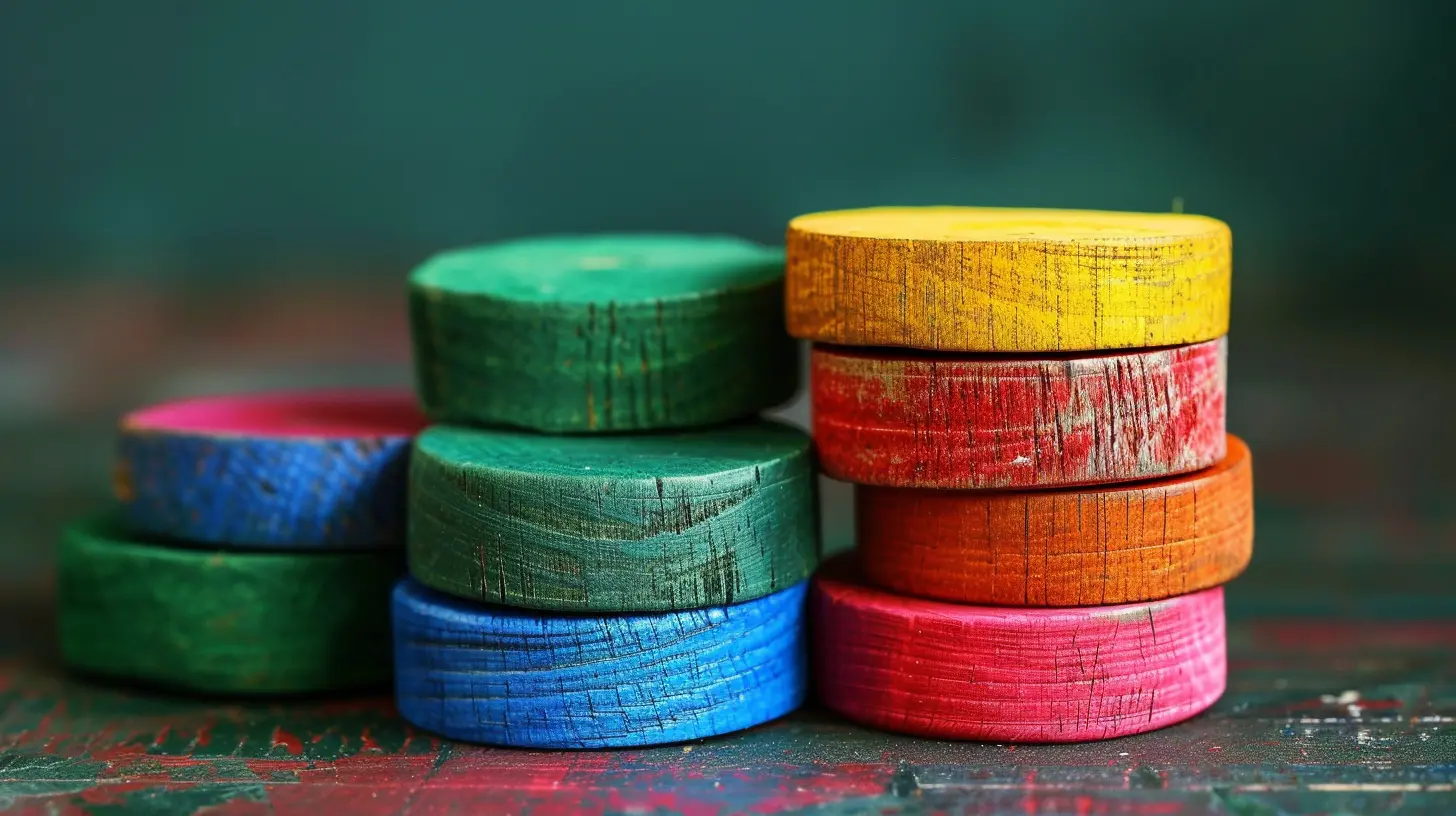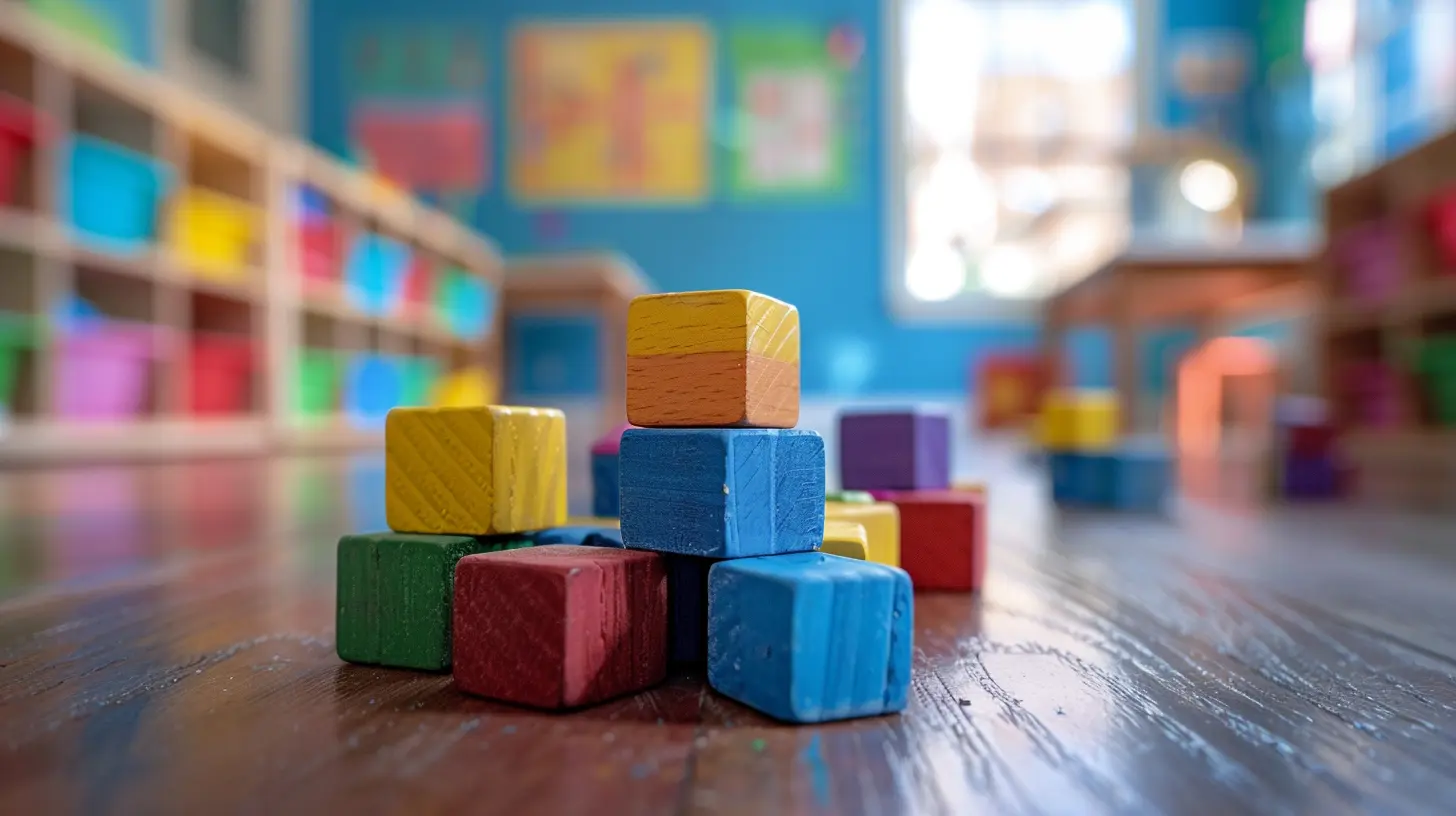How to Use Manipulatives to Enhance Math Comprehension
5 October 2025
Let’s be honest—math can be intimidating for a lot of students (and even adults). All those numbers, equations, and abstract theories can feel like a different language. But what if I told you that boosting math understanding could be as simple as playing with building blocks or moving around colorful counters?
Welcome to the world of manipulatives! Not only do they make math more hands-on and engaging, but they also help students truly grasp what’s going on beneath the surface of those tricky problems.
In this post, we’re going to unpack how to use manipulatives to enhance math comprehension—and trust me, by the end, you might start seeing math in a whole new light.
What Are Manipulatives in Math?
Manipulatives are physical (or sometimes digital) objects that students can touch, move, and interact with to understand mathematical ideas better. They come in many shapes and forms: blocks, counters, fraction tiles, number lines, even coins.Think of them as the training wheels of math. Before a child can ride the bike (solve problems abstractly), they need something to support their understanding of how balance and motion work. That’s what manipulatives do—they bridge the gap between the concrete and the abstract.
Common Types of Math Manipulatives
- Base Ten Blocks – Great for understanding place value, addition, and subtraction.- Pattern Blocks – Help with geometry and fractions.
- Fraction Circles or Bars – Make abstract fraction concepts visible.
- Unifix Cubes – Used for counting, sorting, patterns, and basic operations.
- Number Lines – Aid in addition, subtraction, and developing number sense.
- Geoboards – Perfect for exploring geometry, symmetry, and area.
- Counters or Chips – Used in probability, operations, and sorting exercises.
- Cuisenaire Rods – Support work with ratios, fractions, and algebraic thinking.

The Science Behind Using Manipulatives
So, why do manipulatives work so well in math instruction?They cater to how our brains naturally learn. When students use their hands and see visual representations, they build stronger and more lasting mental connections. This aligns with the Concrete-Pictorial-Abstract (CPA) approach—a methodology that starts with hands-on activities (concrete), moves to drawings or diagrams (pictorial), and finally, helps students solve problems using only numbers and symbols (abstract).
It’s like learning to swim. First, you splash around in the shallow end (concrete), then you practice strokes with floaties (pictorial), and finally, you’re swimming confidently in the deep end without help (abstract).
Without manipulatives, many students get thrown straight into the deep end—and that’s where the confusion starts.
Why Are Manipulatives So Effective?
Let’s break it down. When students use manipulatives:- They see math, not just memorize it.
- They become active participants in their learning.
- They make fewer errors because they understand the “why” behind their steps.
- Their engagement increases, especially for younger learners or those who struggle with abstract thinking.
- It supports diverse learning styles, especially visual and kinesthetic learners.
And here’s the big one: manipulatives encourage students to talk about math. When kids explain what they’re doing with their manipulatives, they’re also processing and reinforcing their understanding.
When Should You Use Manipulatives?
Trick question: Almost anytime!Seriously, manipulatives aren't just for kindergarten or elementary classrooms. Middle schoolers, high schoolers—and even adults—can benefit from them. It’s not about age, but about where the student is in their understanding.
Here’s when they’re particularly helpful:
- Introducing a new concept (like fractions, decimals, or algebra)
- Reviewing something that students struggle with
- Teaching students with learning difficulties or language barriers
- Building number sense and problem-solving skills
In fact, even students already doing well in math can deepen their understanding using manipulatives.
How to Effectively Use Manipulatives in the Classroom (Or at Home)
Okay, so let's say you’ve got a bucketful of colorful blocks and tools—now what?Here are some practical tips to get the most out of manipulatives:
1. Start With a Clear Goal
Always begin with the end in mind. Are you aiming to teach multiplication? Fractions? Area of a triangle? Whatever it is, choose manipulatives that align with that concept and keep your objectives clear.2. Model First
Show students how to use the manipulative before turning them loose. Demonstrate an example and think out loud. For example, if you’re using base ten blocks for subtraction with regrouping, walk through it step-by-step, explaining each part of the process.3. Let Students Explore
Give students time to play and experiment. Don’t rush them. Exploration builds curiosity—and this often leads to deeper understanding. You might be surprised by how many "aha!" moments happen when kids are just fiddling with blocks.4. Encourage Math Talk
Ask questions like:- “What do you notice?”
- “Why do you think that works?”
- “Can you show a different way to get the same answer?”
When students explain their thinking, it strengthens comprehension.
5. Gradually Remove Support
This is called scaffolding. Use the manipulative until the student is ready to transition to pictures or mental math. Don’t rush it, but don’t let them become dependent either.6. Be Consistent
Integrate manipulatives regularly—not just for the “fun” days. Consistency makes them a normal part of learning, not a one-off activity.Real-World Examples of Manipulatives in Action
Let’s get specific. Here are a few real-life classroom examples that show the power of manipulatives in boosting math understanding.Fractions with Fraction Circles
Instead of telling students that 1/2 + 1/4 = 3/4, let them build it with circles. Suddenly, the abstract numbers have meaning. They can clearly see how the pieces fit together—literally.This gives them a foundation far better than memorizing a rule. Later, when they learn to find a common denominator, they’ll understand why that’s necessary.
Algebra with Algebra Tiles
Variables and equations can look like gibberish to students. Algebra tiles give them a way to physically build equations, combine like terms, and solve for x visually. It’s like turning algebra into a puzzle.Geometry on a Geoboard
Students can create different shapes and calculate their area and perimeter. Want to introduce symmetry or transformations? The geoboard becomes an interactive playground for geometry.Digital Manipulatives: Are They Just as Good?
Great question. While traditional, physical manipulatives have their charm, virtual manipulatives are on the rise—especially with online learning.Tools like:
- Toy Theater (free virtual math tools)
- Math Learning Center apps
- GeoGebra and Desmos
These allow students to use manipulatives on a tablet or computer. And yes, they work effectively too—offering interactivity and accessibility, especially when working remotely or one-on-one help isn't available.
But if possible, combine digital with the physical. Each has its own strengths.
Common Mistakes To Avoid
Using manipulatives isn’t foolproof. Here are a few common pitfalls to steer clear of:- Treating them as toys: They help with learning, but they’re not just for playtime. Set expectations.
- Skipping the transition to abstract: Eventually, students should move beyond the manipulative—don’t let them get stuck.
- Using them as a one-size-fits-all: Not every manipulative fits every lesson. Choose wisely.
- Not allowing enough time: True understanding takes time. Rushing things defeats the purpose.
Wrapping It All Up
Math doesn’t have to be confusing, boring, or stressful. With manipulatives, you're giving students a way to touch math—to see it, feel it, and truly understand it. They make invisible ideas visible. And when we see something clearly, we’re much more likely to remember it and build on it.So whether you’re a teacher, a homeschool parent, or just someone trying to help a child understand math, give manipulatives a chance. They might just be the missing piece in the puzzle.
Final Thoughts
Think back to when you learned math. Maybe you were told to memorize your times tables or just “borrow and carry” without knowing why. Imagine how different it might’ve been if you had tools to see what was happening.That’s the power of manipulatives—they turn math into something students can believe in, not just something they’re told to do.
So go ahead—pull out those colorful blocks, bars, and boards. Math might just become everyone's new favorite subject.
all images in this post were generated using AI tools
Category:
Math SkillsAuthor:

Bethany Hudson
Discussion
rate this article
1 comments
Nix McCabe
This article offers valuable insights into using manipulatives effectively. I appreciate the practical tips provided; they’ll surely help deepen students' understanding of math concepts.
October 18, 2025 at 3:19 AM

Bethany Hudson
Thank you for your kind words! I'm glad you found the tips helpful for enhancing students' understanding of math.


